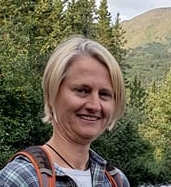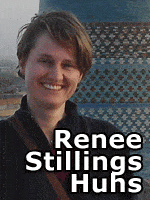
It was not so long ago that study abroad was primarily designed for language and culture immersion. Likewise, faculty-led programs were then mainly related to field study in certain disciplines. Now, globalization has changed this in a way that few might have expected.
Globalization and Study Abroad
Globalization led to two drivers that are shaping study abroad for American students.
First, it led to the realization that a greater number of students, Americans included, should be spending time abroad. I will be the first to argue that in certain majors such as language, history, or diplomacy, this should be mandatory. However, this is more than an issue of specific majors. There is pressure, a “mandate” if you will, to send more American students abroad in general. Universities and students alike see this as a way to show that they are competing on a global scale. At the same time, the majority of students face limitations making it quite difficult to go abroad. Many lack time, money, and/or flexibility in their curriculums. Short-term faculty-led programs abroad have become the solution for this, allowing for a shorter, less expensive experience that is often better coordinated with their programs at home.
Many language educators have argued that such brief programs are not immersive and simply not a substitute for a longer, more independent study abroad experience. Eventually I think everyone realized that no, it is not a substitute; those students intent on serious language study are not going to rely on a two- or even four-week trip as a way to reach their goals. Instead, faculty-led programs have proven to be an excellent way to get students abroad who otherwise would not be able to do so.
A second driver that developed from the forces of globalization is the growing number of universities around the world which have begun offering full degree programs in English. These grew from demand from local students in various countries who were eager to study in English due to its prominence in business and technology or perhaps as a stepping stone, allowing further studies abroad. As a result, there is now an abundance of options to “study in your major” around the world – in universities offering full degree studies in English. Suddenly, there was competition for American students who might otherwise have only studied in London or Sydney.
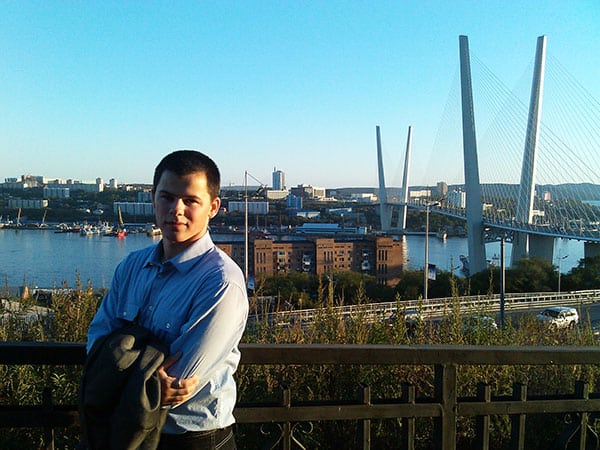
Quite recently, while exploring a potential new SRAS location, I realized that on a certain level, all of the existing programs seem quite similar. There were some differences in cost and inclusions, but the underlying academics seemed very similar between institutions. More importantly it raised the question in my mind of relevance and why a student would choose to study a given topic in any particular country if it has little or nothing to do with language immersion or specific interest in the culture. In conversations with educators, it seems that this often random selection of destination does not go unnoticed, and they often share the same concern that I have, which is how the student would describe and support this line that is supposed to stand out on the resume.
Study Abroad in the Post-Soviet Space
In SRAS’ locations in Eastern and Central Europe, where we have been hosting students for 20 years, this option to study in your major has been very slow to develop. There are a small handful of degree programs in English but this is relatively recent. More importantly, Russia has been perceived for nearly all of its existence as a study abroad destination restricted to those who have studied Russian and are seeking to do so abroad. Add to this the fact that most students do not embark on their study of Russian until they reach university and it is easy to understand why programming in Russia (and the post-Soviet space in general) has been intently focused on language study. Because so few students were at a high enough level for mainstream courses, study abroad experiences developed as “constructs” of intensive Russian language study plus perhaps a few electives taught in English or Russian. Integration with local students was often a challenge, especially with foreign students frequently housed in separate dormitories, a practice that has been held over from Soviet times. There are some very limited exceptions, but this model pretty much continues to this day. There are more opportunities to study in one’s major now in the post-Soviet space, but current politics are such that while this is an intriguing time for certain majors (particularly Russian, Russian/regional studies, and international relations), it is not the time when Russia will suddenly attract large numbers of mainstream American students.
Nonetheless, it is quite apparent why the students who currently study abroad in the post-Soviet space do so. A majority of our students are majoring/minoring in Russian language/studies or international relations with a focus on Russia and Eastern Europe. For them, the choice of destination is clear and based on the need to achieve language and cultural proficiency and in-country experience for careers in government, NGOs, or academia.
A New Approach
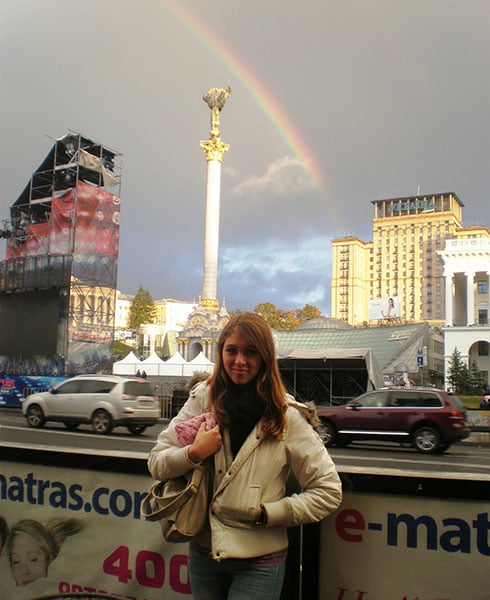
At SRAS we have approached program design for many years by placing the specific location at the center of the design. We’ve done this specifically with the student, and how to reach the student, in mind. How does a student, for example, differentiate between Irkutsk and Vladivostok, being largely unfamiliar with either? Describing certain attributes of the location – population, geography, atmosphere, even drawing comparisons with certain US cities – only goes so far. We looked instead more closely at what each location could support – academically (coursework, research opportunities), culturally (museums and other institutions), and in terms of other extracurricular activities (internships, field trips, independent exploration). Thus, in addition to intensive language study, which is still a need and objective for most students, we offer programming that utilizes the location’s strengths to its full academic advantage.
This approach was initially thought of as a way to get students to venture beyond the traditional destinations of Moscow and St. Petersburg into locations that are not only more immersive but that look better on the resume, showing a more adventurous and independent spirit. However, we soon found that the true strength of this was in viewing locations as case studies providing unique ways to build programs that allowed students to study in their major.
Three excellent examples include Ukraine, Poland, and St. Petersburg.
Ukraine has always posed a challenge as so few students are interested in studying Ukrainian, and yet if your aim is to study Russian, what are the arguments for studying in Ukraine, all other things (program quality, cost, etc.) being equal? A site visit to Ukraine and Georgia, accompanied by some in-flight reading on conflicts in Georgia, led to the development of our Policy & Conflict in the Post-Soviet Space program, which uses the region as a case study in conflict analysis. In cooperation with our colleagues at NovaMova in Kiev, we developed a program that would take students to at least three post-soviet countries* to learn about the origins, current status, and potential outcomes of conflicts there. Students consider the stakeholders in each of these conflicts and gain experience in producing policy briefs. This is all in parallel with intensive Russian language study.
Poland was our first venture into a country where we knew language would not be our primary focus. We chose Poland as our home base in Central Europe because of its relative economic and political weight and the overall range of programming that would be possible there. We chose Warsaw over Krakow (traditionally most attractive to students and tourists alike) because it is the center of that weight, with access to people (guest lecturers) and a wide range of organizations (internships). One of our objectives in Central Europe was to launch a program focused on cybersecurity and our chosen partner there, Civitas University, already had coursework in this area. We added New Media, which is also important to cybersecurity and studies in information warfare. We also added Jewish Studies, as Poland has a long and rich Jewish history, as another focal area for our semester programming in Poland. The result was our new Security and Society Program – a flexible program that can serve diverse student interests.
In designing this, and in developing a broader suite of courses for our summer school, we looked intently at the question of “Why Poland?” Poland is neither a mainstream destination nor an exotic one. What it is, however, is a country with a complex history and a geographic location that contributes to a unique experience and perspective in many modern global questions. Poland is an excellent case study in security studies, criminal justice, elite studies, and urban studies, all of which we developed coursework for and added to our programming there.
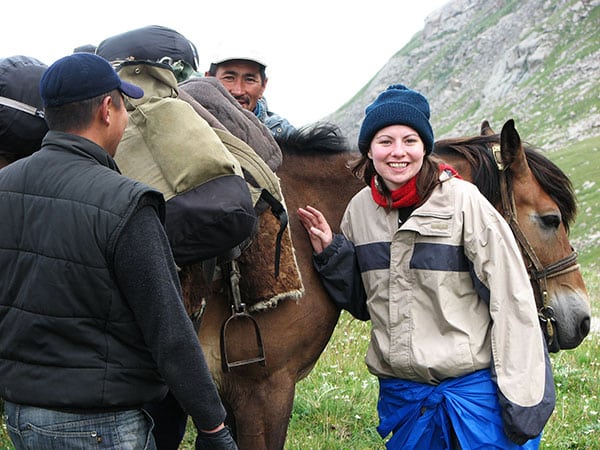
St. Petersburg, Russia is a great location to emphasize not only culture and the arts but also business and international relations as Russia’s “window on Europe.” We have several programs in St. Petersburg that do just that. For example, our month-long Art & Museums in Russia program provides an intensive look, often behind-the-scenes, at a city rich in both collections and museum types. Art & Museums takes students inside and behind the scenes at the Hermitage as well as introduces them to local artists and curators. Our Society, Business, and the Arts course offers language programming with a flexible program offering courses in international relations, business/finance, media studies and more, including with an emphasis on how culture affects these subjects. When asked recently to propose a syllabus/itinerary based on the centenary of the Russian Revolution for a faculty-led program, St. Petersburg was an obvious location to base the program at as it was there that the revolution started. It was also only natural that we would focus heavily on the arts and culture surrounding that period to provide a greater understanding of that turbulent period.
Although our original idea was to diversify the locations that students would adventure to by using programming to better describe the location and utilize its resources, we have also found that using this case study approach to designing curriculums results in academically strong programs with strong, relevant cultural components. We have found that keeping location central to our designs, that we are also able to better advise and assist in the creation of faculty led programs. Globalization is changing study abroad – sending more students abroad, offering a greater number of courses in English, and encouraging faculty led programs. However, while globalization is driving changes in the market, we have found that thinking locally is still the best way to serve that market.
* Unfortunately, while life in Kiev has been back-to-normal for quite some time now, the US State Department warning does not differentiate by region. Because many schools either abide strictly by these warnings or require extensive paperwork to bypass them, students on this program now base their language study component primarily in Moldova. Moldova itself, however, is in a very similar situation to Ukraine with contested borders and a currently challenging economic and political position. Thus, Moldova also makes an excellent case study base for this program.


